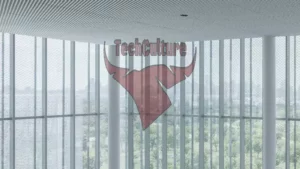The number of greenhouse and nursery workers in the United States has experienced a notable spike, with an increase of over 16,000 workers in recent years. This rise, as highlighted by the latest U.S. agricultural census data, includes workers in conventional commercial nurseries as well as those in innovative startups promoting indoor agriculture as a solution to climate change. However, this expanding workforce faces growing risks, particularly from heat-related illnesses, injuries, and even fatalities as global temperatures continue to climb and greenhouses become more widespread.
Despite the controlled environments that greenhouses are supposed to offer, many of these workers are acutely vulnerable. These enclosed spaces can trap heat, creating challenging and potentially dangerous working conditions. Currently, there are no federal heat protection regulations specifically tailored for agricultural workers in the U.S., nor are there mandates requiring greenhouses to monitor and regulate temperature and humidity levels. Although the Biden administration has proposed a rule to address heat in workplaces, implementing and enforcing these protections could be a complex endeavor.
Take, for instance, the experience of Mendoza, who spent the last three years of her 25-year agricultural career working in a greenhouse in Oxnard, California. Workers like Mendoza are often subjected to grueling schedules, working eight or more hours a day, five days or more a week. They are entitled to a 10 to 15-minute break, yet this brief respite is frequently insufficient for them to remove and later re-don their protective gear, leaving them to opt to stay inside the stifling environment to ensure they return to work on time.
Adding another layer of complexity is the practice of subcontracting employed by some greenhouse operators. According to Kerfoot, this tactic allows employers to distance themselves from the direct responsibility for their workers’ well-being. By using subcontracting arrangements, these employers can essentially sidestep accountability for the harsh conditions their workers endure. This lack of direct oversight and responsibility exacerbates the already precarious situation for greenhouse workers.
The scarcity of research on the working conditions inside greenhouses only compounds the issue. At institutions like the University of California, Davis, students, staff, and researchers undergo mandatory safety training that covers heat illness prevention, injury reduction, and emergency protocols. These trainings are vital, yet they are not universally implemented across all greenhouses. The absence of comprehensive research and standardized training leaves a significant gap in understanding and improving the conditions for those laboring in these environments.
While some argue that greenhouses can be healthy places to work, the reality for many agricultural workers is far more complicated. The industry must prioritize the development and enforcement of robust safety measures to protect this growing workforce. As greenhouses continue to proliferate, ensuring the well-being of those who work within them is not just a matter of compliance but a crucial step toward sustainable and ethical agricultural practices.





